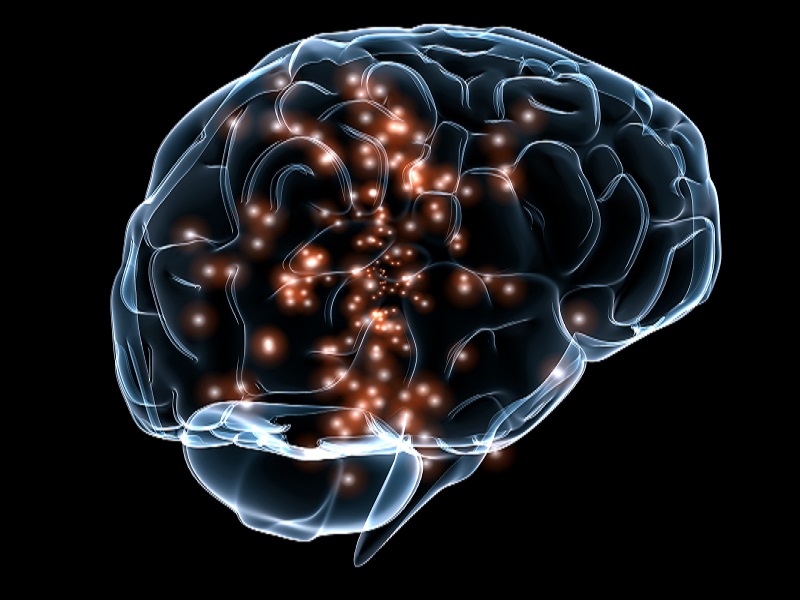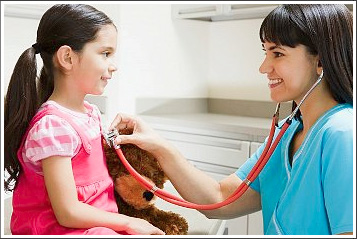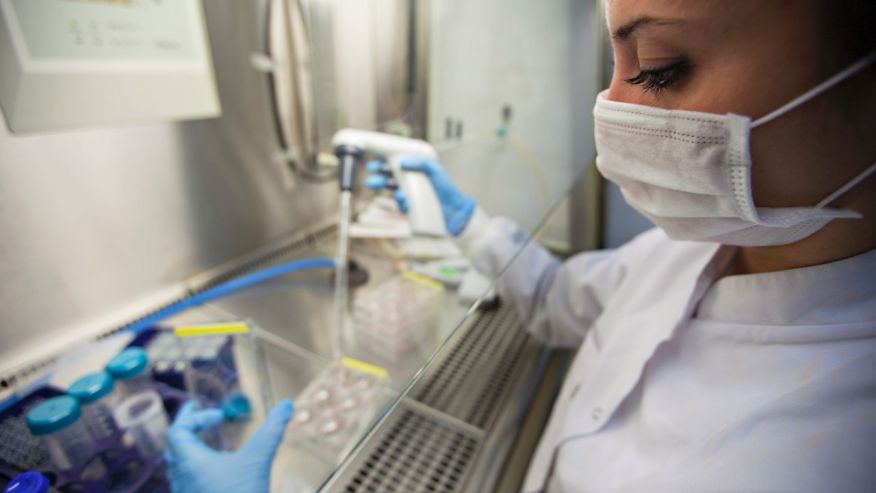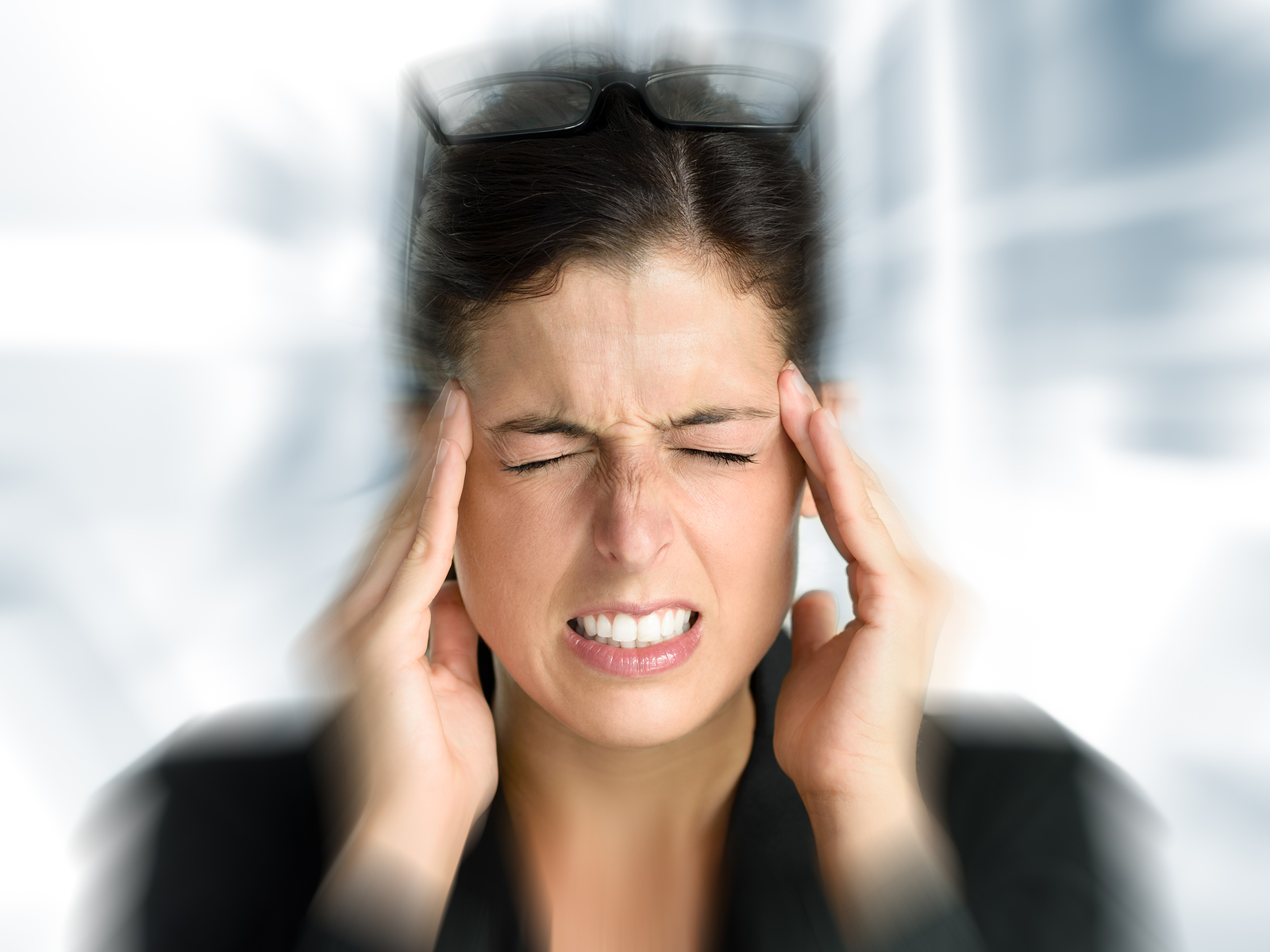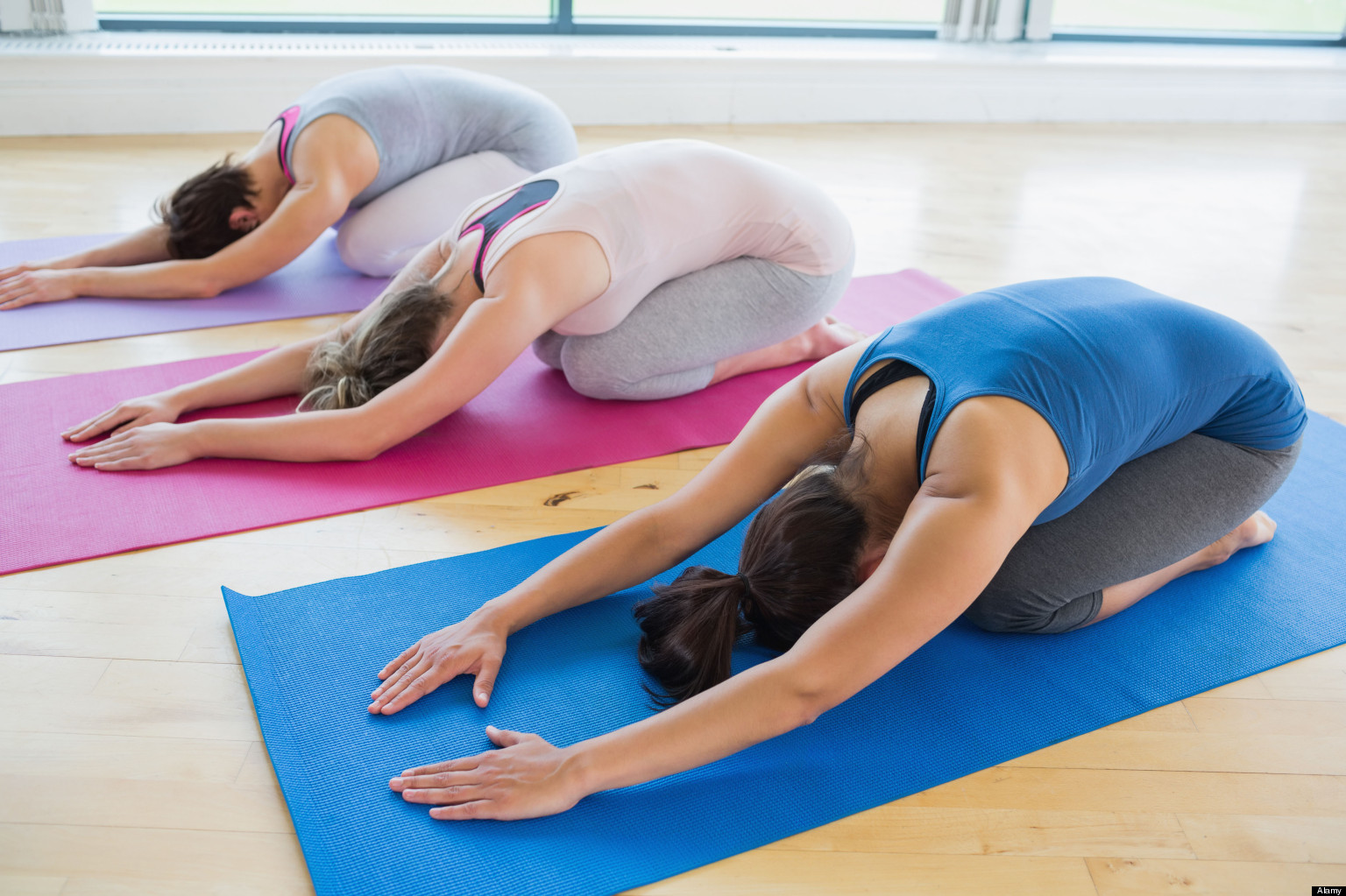Impulsive people more likely to binge eat, study finds

Impulsive behaviour, which is linked to alcohol and drug addiction, could also lead to food addiction, psychologists say
Impulsive people are more likely to be binge eaters, warns a new study.
Researchers have found the same kinds of impulsive behaviour that lead some people to abuse alcohol and other drugs may also be an important contributor to an unhealthy relationship with food.
They discovered that people with impulsive personalities were more likely to report higher levels of food addiction – a compulsive pattern of eating that is similar to drug addiction – and this in turn was associated with obesity.
Principla investigator Doctor James MacKillop, associate professor of psychology at the University of Georgia in the US, said: “The notion of food addiction is a very new one, and one that has generated a lot of interest.
“My lab generally studies alcohol, nicotine and other forms of drug addiction, but we think it’s possible to think about impulsivity, food addiction and obesity using some of the same techniques.”
Dr MacKillop and his colleagues hope that their research will ultimately help physicians and other experts plan treatments and interventions for obese people who have developed an addiction to food, paving the way for a healthier lifestyle.
The study, published in the journal Appetite, used two different scales, the Yale Food Addiction Scale and the UPPS-P Impulsive Behavior Scale, to determine levels of food addiction and impulsivity among the 233 participants. Researchers then compared these results with each participant’s body mass index, which is used to determine obesity.
Dr MacKillop said: “Our study shows that impulsive behaviour was not necessarily associated with obesity, but impulsive behaviours can lead to food addiction.”
However, he said just because someone exhibits impulsive behaviour does not mean they will become obese, but an increase in certain impulsive behaviours is linked to food addiction, which appeared to be the driving force behind higher body mass index (BMI).
The results are among the first forays into the study of addictive eating habits and how they contribute to obesity.
Dr MacKillop’s team now plans to expand their research by analysing the brain activity of people as they make decisions about food.
He said the food industry has created a wide array of eating options, and foods that are high in fat, sodium, sugar and other additives and appear to produce cravings much like illicit drugs. Now his team will work to see how those intense cravings might play a role in the development of obesity.
He added: “Modern neuroscience has helped us understand how substances like drugs and alcohol co-opt areas of the brain that evolved to release dopamine and create a sense of happiness or satisfaction.
“And now we realize that certain types of food also hijack these brain circuits and lay the foundation for compulsive eating habits that are similar to drug addiction.”
Source: telegraph


